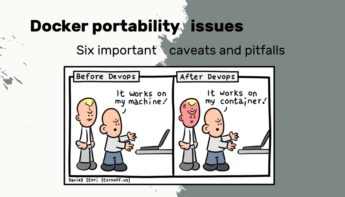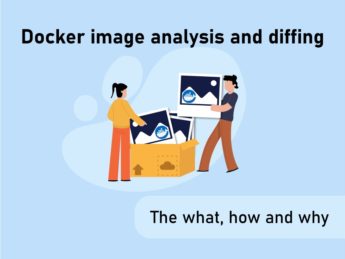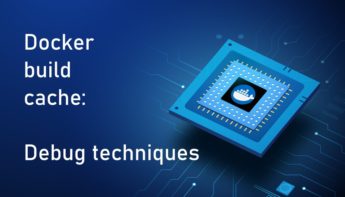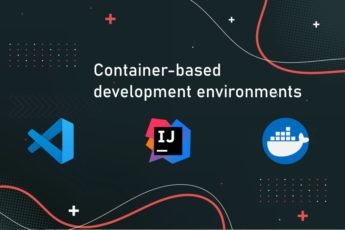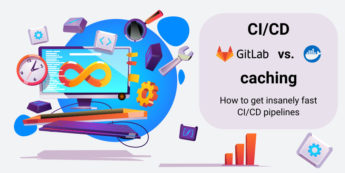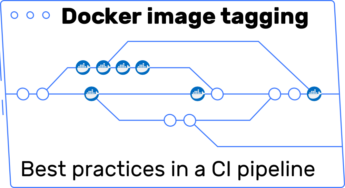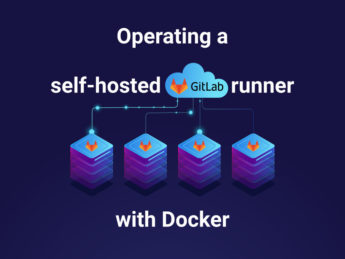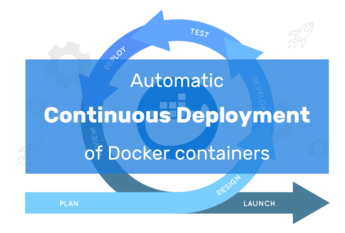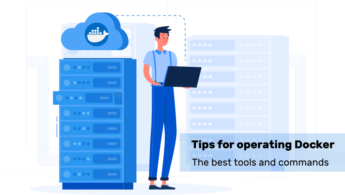Docker portability: 6 important caveats and pitfalls
In this article I present 6 kinds of real-world Docker portability issues, where Docker-based software does not run or build the same way on two different machines. Introduction to Docker portability When I started learning about Docker several years ago, I was very enthusiastic about its promise of portability: write your software and Dockerfile once, … Read more

